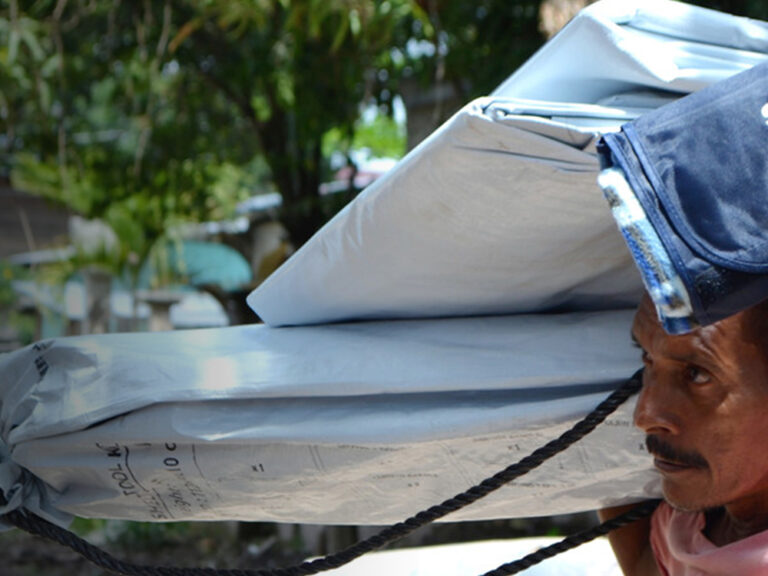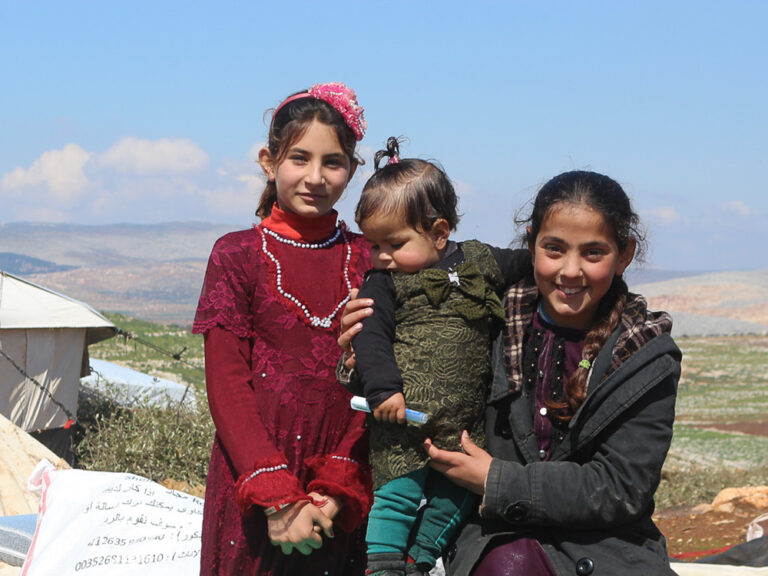Hurricane Eta left families reeling after it struck Central America last November. Soon after, Hurricane Iota brought another wave of destruction across the same region.
Heavy rains and resulting flooding and landslides tore down homes during a time when families needed shelter the most to protect themselves from coronavirus.
Hurricane Iota was the strongest hurricane of 2020, breaking records by being the 30th named storm of the 2020 Atlantic Hurricane Season.
Read on to learn more about Hurricane Eta and Iota and find out how we’ve helped in Honduras.
Hurricane Eta and Iota Quick Facts
Hurricane Eta slammed into north-eastern Nicaragua as it made landfall on Tuesday November 3, bringing torrential rains and floods in parts of Central America.
The Category 4 hurricane moved across Nicaragua and Honduras before moving back into the Caribbean Sea.
The storm caused heavy rains across Cuba, Jamaica and the Bahamas, before making its way towards Florida.
The hurricane was slow-moving, at around 6/7 mph. But its slow speed shouldn’t be mistaken with weakness.
A slow-moving hurricane means that the impacts are felt over a longer period, usually leading to more destruction.
Hurricane Iota strengthened at sea to a Category 5 storm before making landfall in Nicaragua.
Iota brought maximum sustained winds of 160mph (260 km/h), torrential rain and the threat of lethal flash-floods, landslides and storm surges to areas of Central America already reeling from Hurricane Eta.
Hurricane Eta caused a life-threatening storm surge, catastrophic winds, flash flooding and landslides.
Over 2.5 million people have been affected in Nicaragua, Honduras, El Salvador, Cuba, Jamaica and the Bahamas.
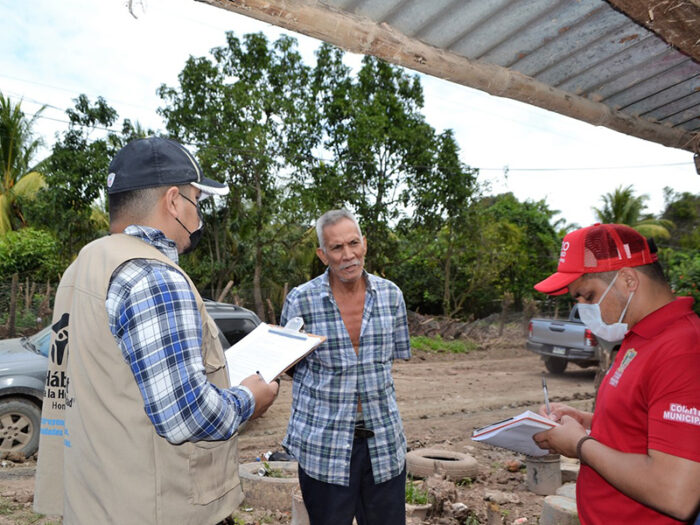

Who was Affected by Hurricane Eta and Iota?
Flooding and landslides from Hurricane Eta resulted in cutting off more than 103,000 people across 69 communities.
Over 55,000 people had to evacuate, staying in temporary collective centres in Honduras.
We have been extremely concerned about the potential for coronavirus to spread amongst families who have already survived one devastating storm. These disasters have put more strain on the health and social care systems still struggling to cope with coronavirus.
As if this wasn’t enough, Eta and Iota also came during the region’s rainy season, which often sees spikes in seasonal illnesses such as flu and vector-borne diseases including dengue, zika and chikungunya.
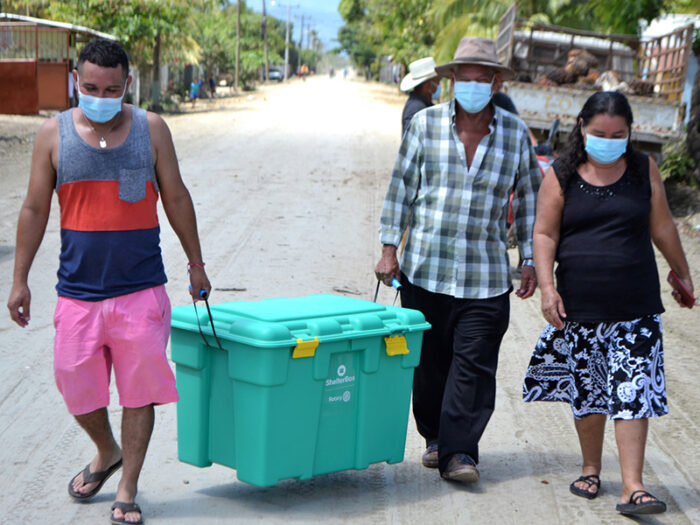
How Have we Helped?
We have supported communities in Honduras who have lost their homes to Hurricanes Eta and Iota.
Honduras was the worst affected by the hurricanes, with 3 million people affected and at least 55,000 people staying in emergency shelters.
We have worked in partnership with Habitat for Humanity Honduras and the Rotary Club of San Pedro Sula.
Together, we’ve supported over 3,000 families with shelter kits, mosquito nets, kitchen sets, blankets, water carriers and water filters, solar lights, and other essential items.
Essential aid distributions are now complete.
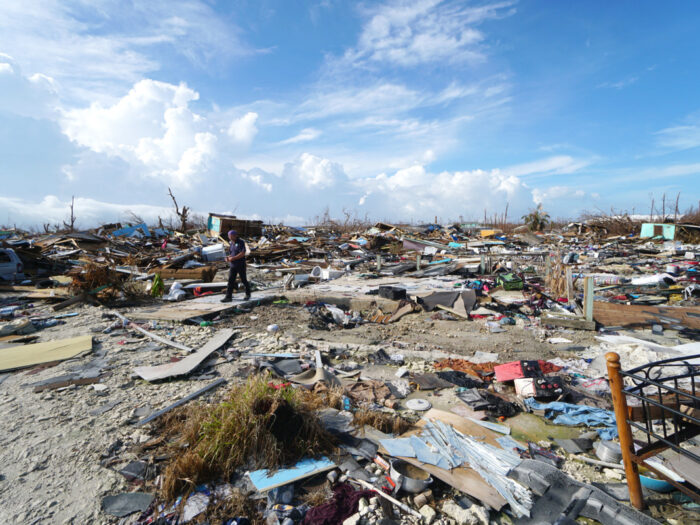
How many Hurricanes were there in 2020?
The 2020 Atlantic Hurricane season has broken records for all the wrong reasons, with a whopping 30 named storms. 13 of them, including Eta and Iota, became hurricanes.
When the regular list of 21 names ended with Tropical Storm Wilfred in September 2020, the Greek alphabet was used.
This is only the second time the Greek alphabet has been used to name storms. The first was during the 2005 Atlantic hurricane season, where the last-named storm was Zeta.
Hurricanes Explained
